Welcome to the Surface Roughness Analysis Blog
Why do brakes squeak? When will a gasket leak? What caused the haziness in my painted finish?
Surface texture and function are tightly linked. Understanding the relationship between texture and function, and sharing that information with engineers and quality professionals, is what Michigan Metrology is all about.
The articles in this blog explore the concepts of surface texture analysis and measurement. We show how you can apply these concepts to solve problems related to leaks, squeaks, appearance, wear, noise, fit, friction, vibration, adhesion, and many other functions.
Looking for more information on specific surface texture parameters? Visit our Surface Texture Parameters Glossary for an introduction to dozens of 3D surface roughness analysis parameters.
And, if you want to learn much more about surface texture consider attending our online and in-person classes for an immersive introduction to the many concepts in surface analysis.
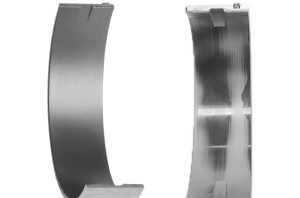
Why do some bearings look shiny with wear?
April 25, 2023We tend to think of “new” surfaces as shiny and smooth, and “worn” surfaces as rough, dull, or uneven. But for a bearing surface, the opposite is often true: the
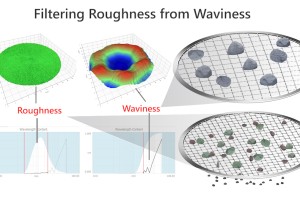
Visualizing “filtering” — an animation
April 18, 2023Surface texture can be described as a spectrum of spatial wavelengths. “Filtering” is the process to isolate the wavelengths that matter for our application. But what does that really look
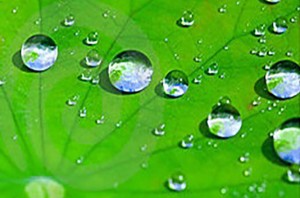
A plant with self-cleaning leaves?
March 29, 2023A lot of effort goes into creating materials that can resist sticking, repel water, or keep oils off of cell phone screens. But some plants are able to accomplish tasks
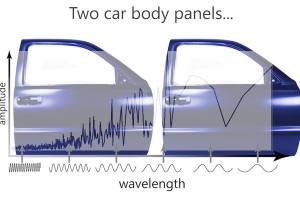
Paint finish and spatial wavelengths
March 14, 2023Two lots of steel pass inspection for surface roughness. Yet, when we paint a panel from each lot, one looks great, and the other…does not. How can it be, when
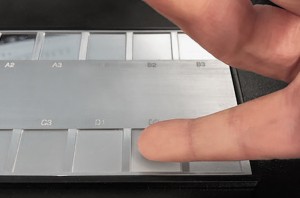
How do I calibrate my fingernail?
February 28, 2023Tactile gages (comparator strips) can aid in quick assessment of a process, but they have limitations for process control. We look at their strengths and weaknesses in this blog post.
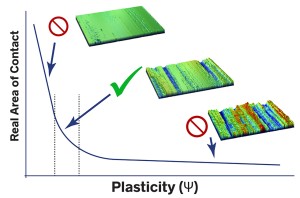
Which surface textures & materials make good bearings? Pt. 3
February 13, 2023In this 3-part series we look at the case of dry, sliding friction and discuss how surface roughness and materials impact the surface as a bearing. Download this 3-Part Series
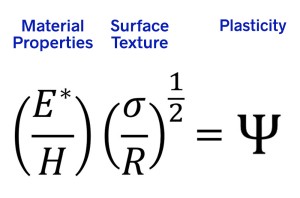
Which surface textures & materials make good bearings? Pt. 2
February 7, 2023In this 3-part series we look at the case of dry, sliding friction and discuss how surface roughness and materials impact the surface as a bearing. Download this 3-Part Series
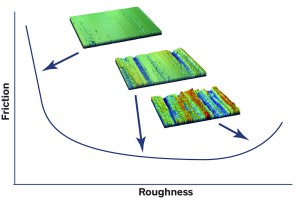
Which surface textures & materials make good bearings? Pt. 1
January 30, 2023In this 3-part series we look at the case of dry, sliding friction and discuss how surface roughness and materials impact the surface as a bearing. Download this 3-Part Series
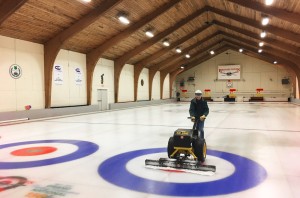
Curling again! Applying the lessons of micro-texture to the macro texture of curling ice
January 23, 2023We’ve had a lot going on related to ice lately! It is that time of year… A few months ago, we posted an article about the sport of curling, which

Ice and friction – there’s a lot going on!
January 19, 2023Want to maximize your fun while skating? Make sure that the ice temperature is -7°C! For many years I thought that concentrated pressure is what melts the ice when you
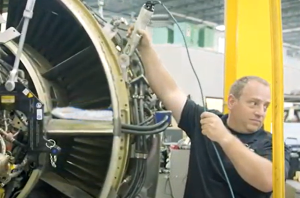
When is “non-contact measurement” important?
January 9, 2023For surface roughness measurement, it would seem like “non-contact” methods would always be preferable. After all, being able to measure a surface with no possibility of contact damage would always
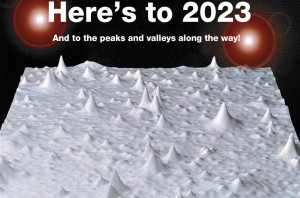
Seasons Greetings from Michigan Metrology
December 20, 2022We wanted to take a moment to wish everyone a great season and happy new year. We’d like to express our gratitude for making it through all of the “peaks
